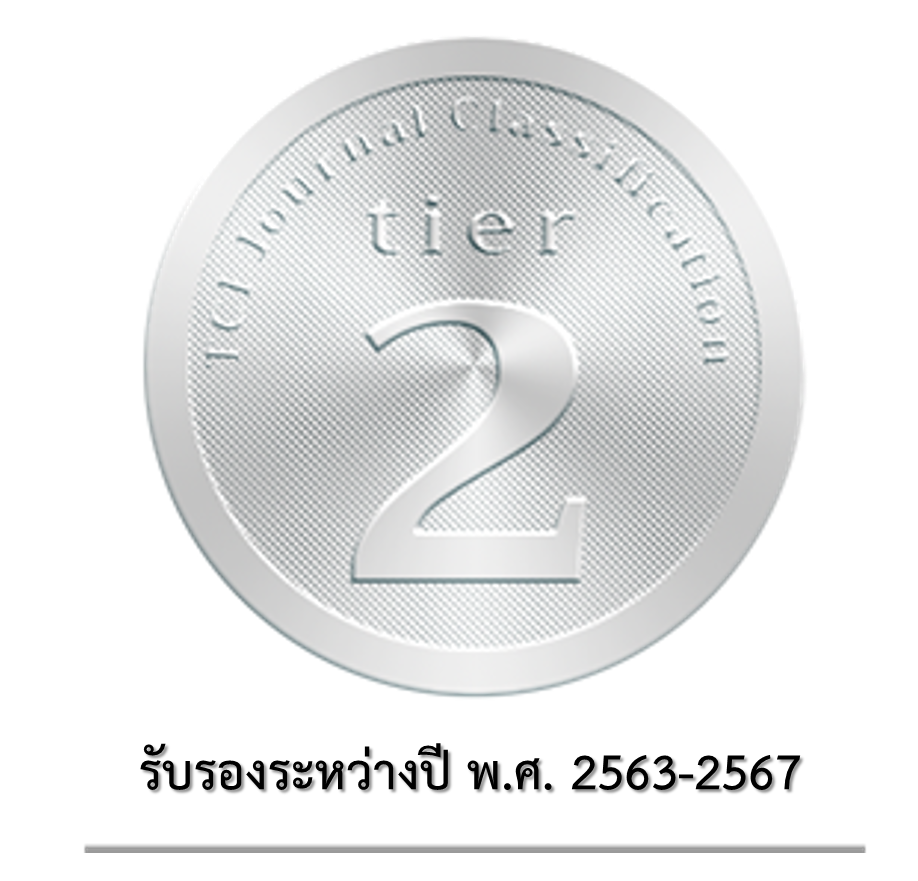Improvement of learning management to develop 21st century skills in Small – Sized Schools Under the Nakhon Nayok Primary Educational Service Area Office
Keywords:
Improvement Of Learning Management, 21st Century Skills, Small - Sized SchoolsAbstract
The purpose of the research workshop in class was 1) Develop a model for learning management to develop 21st century skills in small – sized schools and 2) Evaluate the development a model for learning management to develop 21st century skills in small – sized schools. The target group for this study was 21 teachers and 62 Student in small – sized schools Under the Nakhon Nayok Primary Educational Service Area Office. They were selected by purposive sampling. Research tools include 1) Model of learning management to develop 21st century skills 2) The competency in teaching and learning Assessment Form 3) The 21st Century Learning Skills Assessment Form and 3) Satisfaction Assessment Form. Data analysis and data present average, standard deviation, Percentage, the growth scores and t-test Dependent. The results showed that 1) Responding to the Model for learning management to develop 21st century skills was at a high level. (x ̅= 4.77, S.D. = 0.44) 2) Responding to the competency in teaching and learning through the professional learning community process found that the scores before the activities were good, representing an average of 68.89 percent and after the activities were at a very good level, representing an average of 86.27 percent. The 21st Century Learning Skills of their after was higher than before learning was also found evidence of statistically significant at the .05 level. And responding to instructional satisfaction was at a high level (x ̅= 4.80, S.D. = 0.48).





